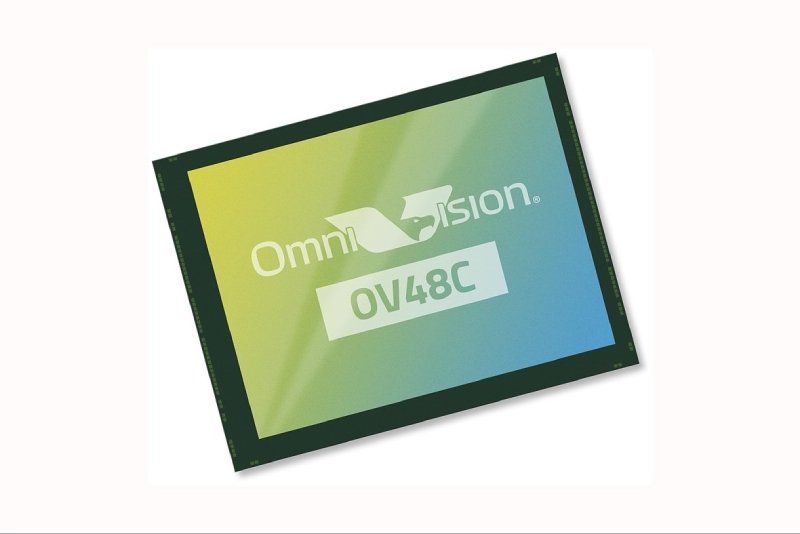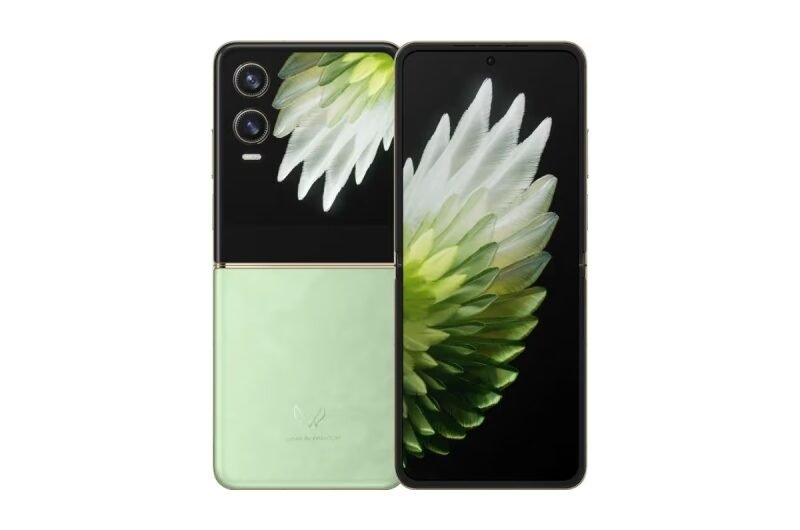OmniVision, a leading image sensor manufacturer, has introduced its latest innovation for flagship smartphones – the OV50X image sensor. This new Type-1 sensor is designed to elevate mobile video performance and boasts what the company claims to be the highest dynamic range in the smartphone industry. According to Digital Camera World, the OV50X promises a remarkable dynamic range approaching 110 decibels, a figure rarely seen in mobile imaging technology.
Takuritsu Li, marketing manager at OmniVision, emphasized the growing demand for cinematic-quality video capture on smartphones. He noted that the OV50X was developed with professional-grade photography and videography in mind. Featuring a large 1-inch optical format and single-exposure HDR capabilities nearing 110 dB, the sensor is intended to enable exceptional performance in all lighting conditions, from bright daylight to challenging low-light scenes such as dusk or artificial night lighting.
While it is uncommon to measure photographic dynamic range in decibels, 110 dB translates to roughly 18 stops of dynamic range – a claim that positions the sensor well above some medium-format cameras in theory. For comparison, the 150-megapixel Phase One IQ4 digital back achieves about 15 stops under ideal conditions. The OV50X sensor incorporates OmniVision’s proprietary TheiaCel and DCG HDR technologies to achieve this high performance. TheiaCel uses lateral overflow integration capacitor (LOFIC) technology to store excess charge within each pixel, enhancing low-light output, while DCG HDR reads each photodiode twice with different gain levels, balancing highlights and shadows to extend dynamic range.
Unlike traditional cameras, smartphones depend heavily on advanced image processing to counter their physical limitations, such as small sensors and lenses. The OV50X is no exception and relies on such processing to deliver quality output that mimics larger sensors. Built on OmniVision’s PureCel Plus-S stacked-die architecture, the OV50X includes quad phase detection (QPD) for full-frame autofocus coverage and supports pixel binning to improve low-light performance. In binned mode, it delivers 12.5-megapixel images at up to 180 frames per second, suitable for 4K video, while also offering high-speed three-channel HDR capture at 60 FPS. For 8K video, it uses dual analog gain HDR and on-sensor crop zoom to maintain resolution.
With dimensions of 13.1 by 9.8 millimeters and 1.6-micron pixels across a 50-megapixel array, this sensor is relatively large for smartphones. It is currently being sampled by manufacturers, with mass production scheduled for the third quarter of 2025, indicating that smartphones featuring the OV50X could arrive on the market by the end of the year.
Topics #Chip #Manufacturing #mobile #New Chip #news #Omnivision #Sensor #Smartphone #smartphone sensor











